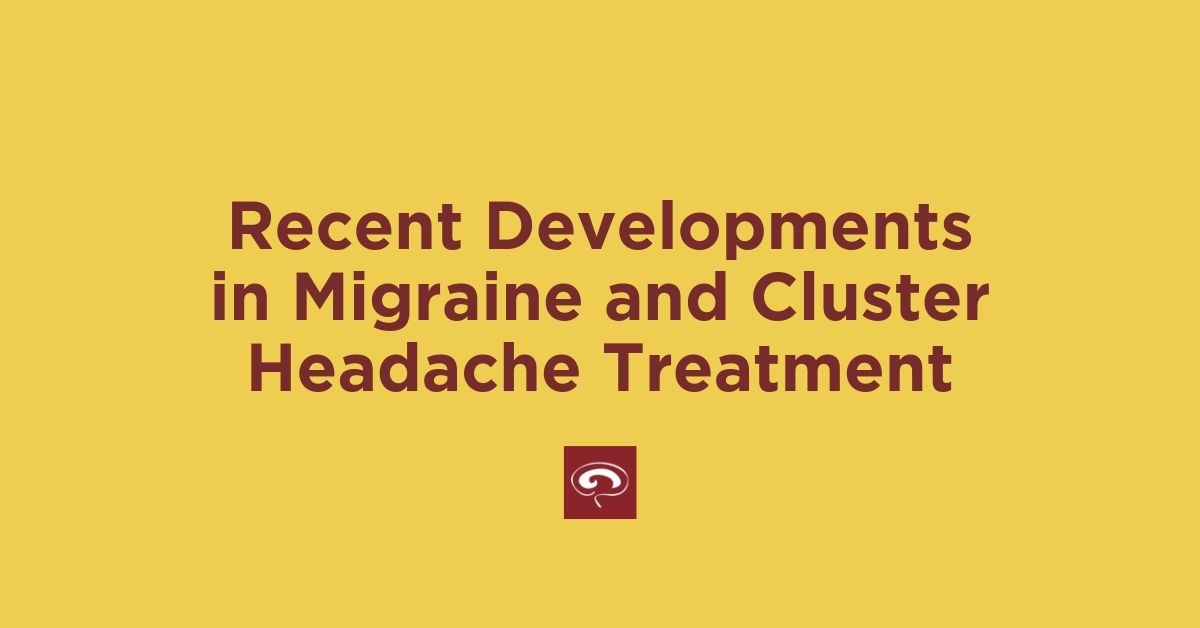
Recent Developments in Migraine and Cluster Headache Treatment
Anti-CGRP self-injection approved for episodic cluster headache, neuromodulation device cleared for acute treatment of migraine
Galcanezumab for treatment of episodic cluster headache in adults
On June 4, 2019, the FDA approved galcanezumab-gnlm (Emgality®) for the treatment of episodic cluster headache in adults. This self-injection treatment was first approved by the FDA in September 2018 for the preventive treatment of migraine in adults.
In a clinical trial, patients receiving monthly injections of galcanezumab experienced 8.7 fewer weekly cluster headache attacks, compared to 5.2 fewer attacks for patients on placebo. The trial measured the average number of cluster headaches per week for three weeks and compared the average changes from baseline in the galcanezumab and placebo groups. There is a risk of hypersensitivity reaction with galcanezumab use and the most commonly reported side effect was injection site reactions.
For more information about the study and results, please see Study CGAL: A Phase 3 Placebo-Controlled Study of Galcanezumab in Patients with Episodic Cluster Headache: Results from the 8-Week Double-Blind Treatment Phase. This study was first presented at the American Headache Society’s 60th Annual Scientific Meeting.
Nerivio Migra® neuromodulation device for acute migraine treatment
On May 28, 2019, Nerivio Migra® was cleared by the FDA as a noninvasive neuromodulation device for acute treatment of migraine with or without aura in adults who do not have chronic migraine.
The device is worn on the upper arm and uses smartphone-controlled electronic pulses to create a conditioned pain modulation response. The effectiveness of Nerivio Migra® was demonstrated in a randomized, double-blind, placebo-controlled study involving 252 patients who experienced between two and eight migraine attacks per month. The primary outcome showed that 66.7% achieved pain relief, 37.4% experienced freedom from pain and 46.3% found relief of most bothersome symptoms two hours after treatment. Additionally, the pain relief and freedom from pain were sustained 48 hours after treatment. The incidence of device-related adverse events was 4.8%. It will be available in the United States this year.
For more information about Nerivio Migra® that can be used to inform treatment decisions, please consult the study, “Remote Electrical Neuromodulation (REN) Relieves Acute Migraine: A Randomized, Double-Blind, Placebo-Controlled, Multicenter Trial,” published in the journal Headache.


